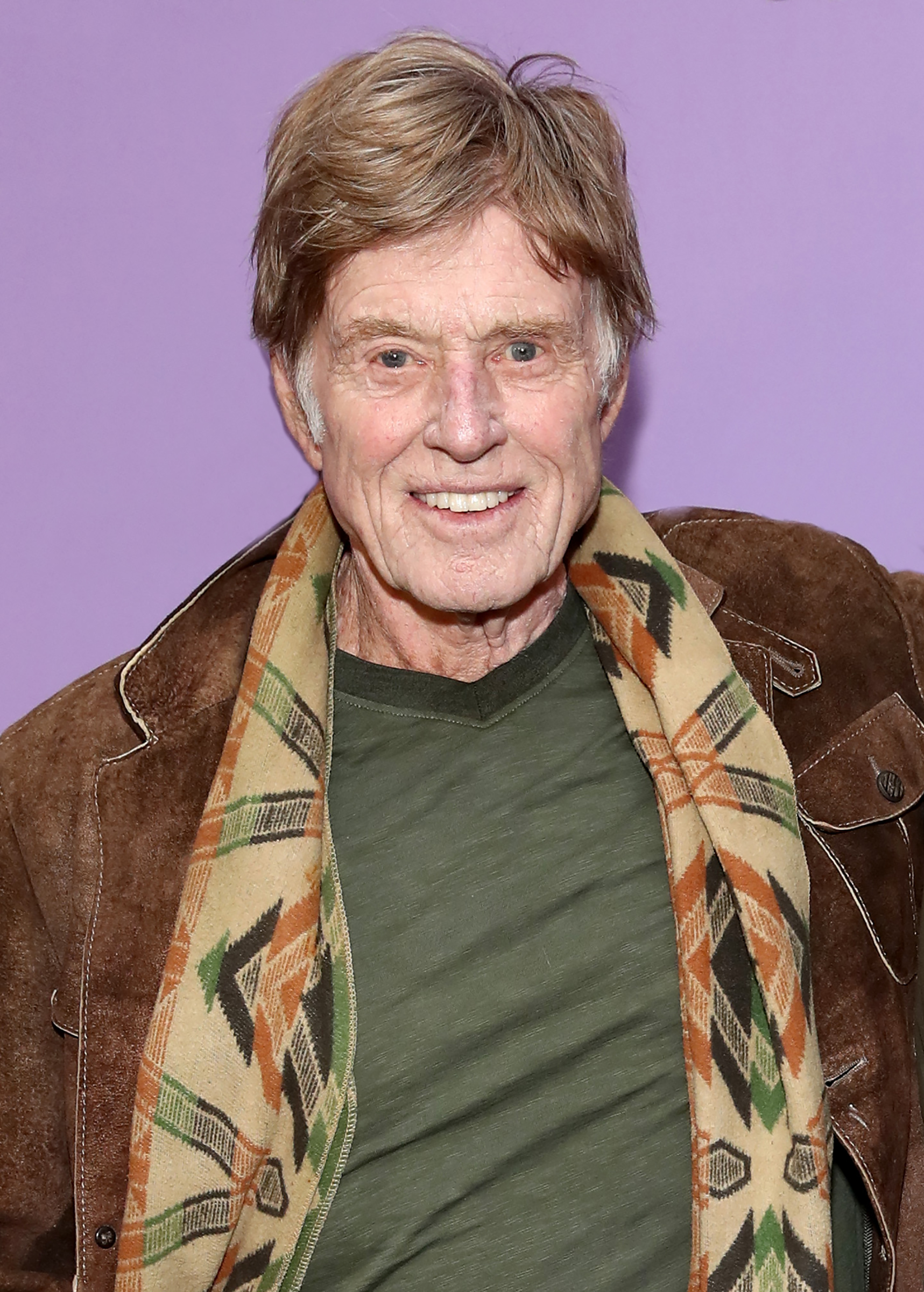
- Film
Robert Redford Onscreen
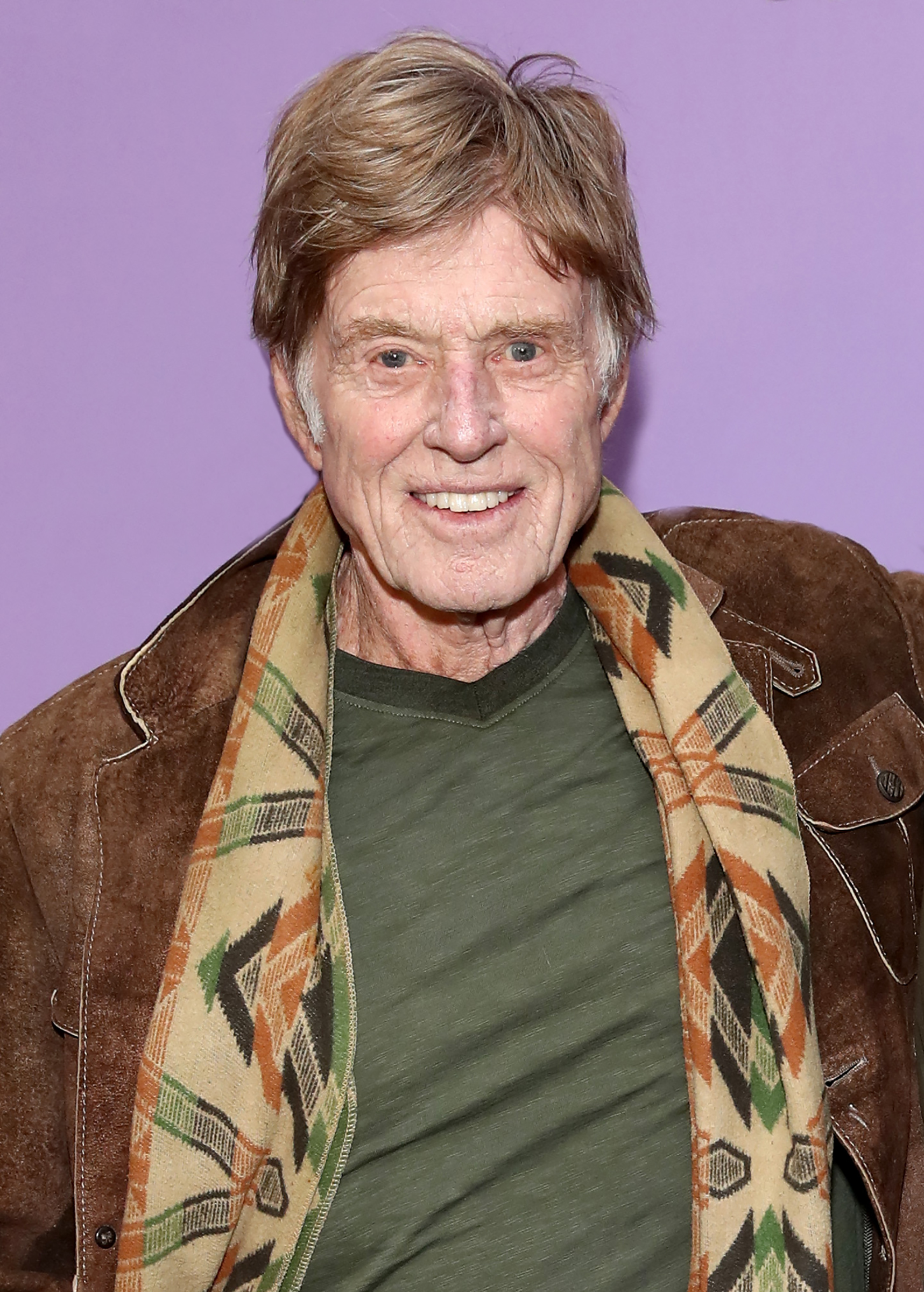
A legend turns 85. Robert Redford, born in Santa Monica when it was still a sleepy little beach town, found his voice as an actor and director early on, buoyed by the politics of the 1960s and 70s and by making smart choices throughout his career. The five-time Golden Globe winner and Cecil B. deMille award recipient has one of the most diversified lists of films of anyone in Hollywood, spanning all genres and then some. As he once said: “I’m interested in a western. I’m interested in a love story, and I’m interested in a film about multi-national corporations.”
He became a heartthrob in such romantic comedies as The Chase (1966) and Barefoot in the Park (1967), his first and second with Jane Fonda, romantic dramas like The Way We Were with Barbara Streisand and The Great Gatsby, and epic love stories like Out of Africa, where he plays the hunter who comforts Meryl Streep. He followed up his widely acclaimed directorial debut with the family drama Ordinary People and the coming-of-age film A River Runs Through It, set during World War I and the Great Depression which stars a young Brad Pitt. The role that turned him into a star came in 1969 with the western Butch Cassidy and the Sundance Kid, which he followed up four years later with The Sting, reversing the roles he and co-star Paul Newman played.
Redford lives in Utah where he still nurtures the Sundance Festival that he founded an incredible 43 years ago and the now 40-year-old Sundance Institute and Labs. On the occasion of his birthday, we are taking a closer look at his most memorable political films:

This Property Is Condemned, 1966
This Sydney Pollack-directed film, set against the backdrop of Depression-era Dodson, Mississippi is the first political movie a young Redford starred in. He plays railroad official Owen Legate who has arrived to shut down the rail yard and lay off its employees. Tragedy ensues when he becomes embroiled in a passionate love affair with local girl Alva Starr (Natalie Wood) and goes up against her over-protective mother. Even though the love story is at the heart of it all, the political overtones and the themes of unemployment and poverty are very much present.
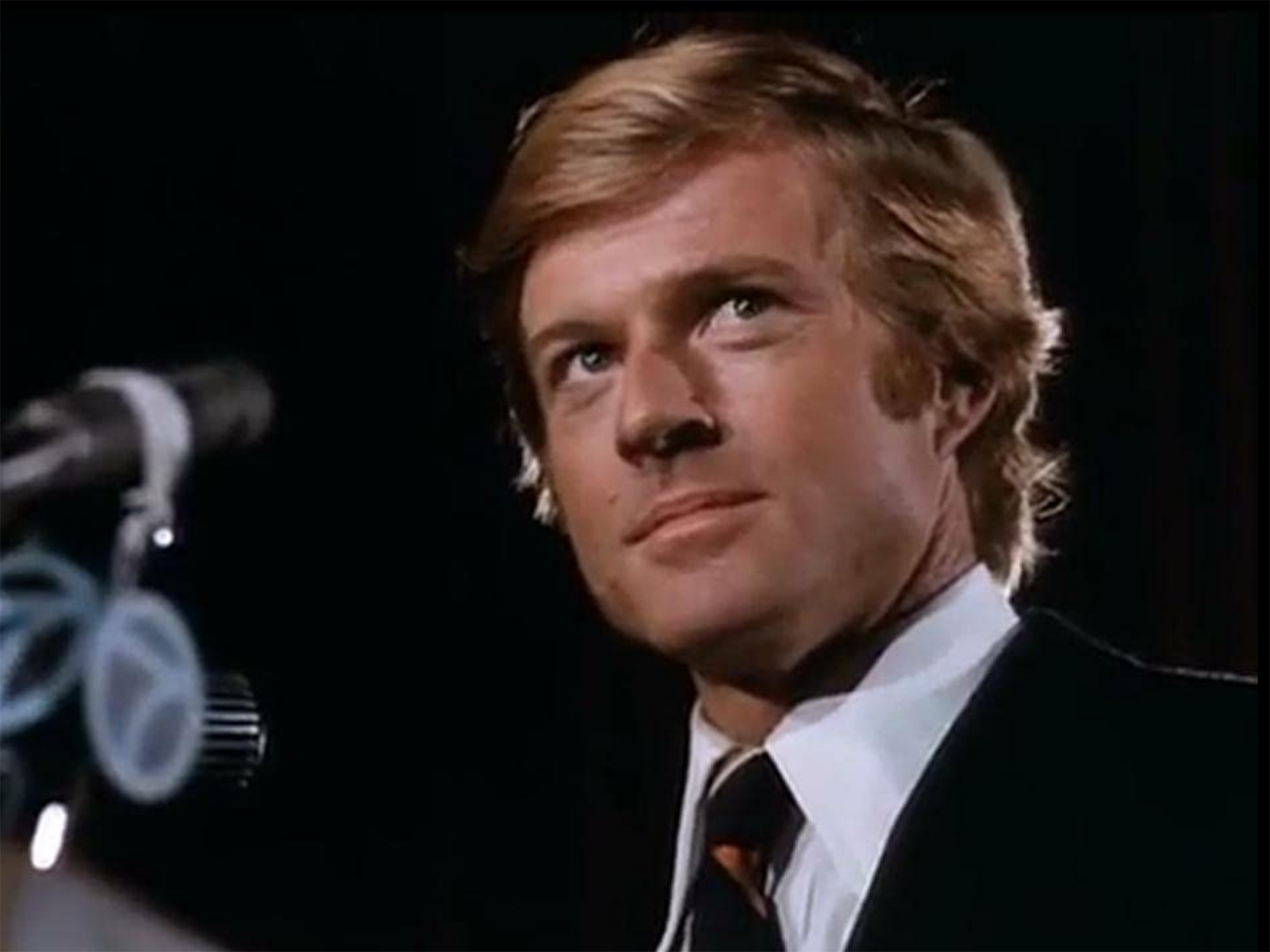
The Candidate, 1972
The actor plays a no-name Democratic senatorial candidate who is running in a race he has no chance of winning, so he ends up saying whatever he wants during his campaign. The film was, at the time, reviewed as a satire, but viewed from today’s standpoint, one cannot miss its relevance to current politics, and it is even painful to watch that so much of which the script depicted as clear fiction has long since become reality in the modern-day political game.

Three Days of the Condor, 1975
A bookish CIA agent – Redford loved to hide his good looks in the films he made in the 1970s – returns to his office to find all his colleagues murdered and uncovers a conspiracy while trying to solve the crimes and saving his own life at the same time. Like The Candidate, this film is still very relevant. So relevant in fact, that it has been adapted into a TV series with a second season airing soon.
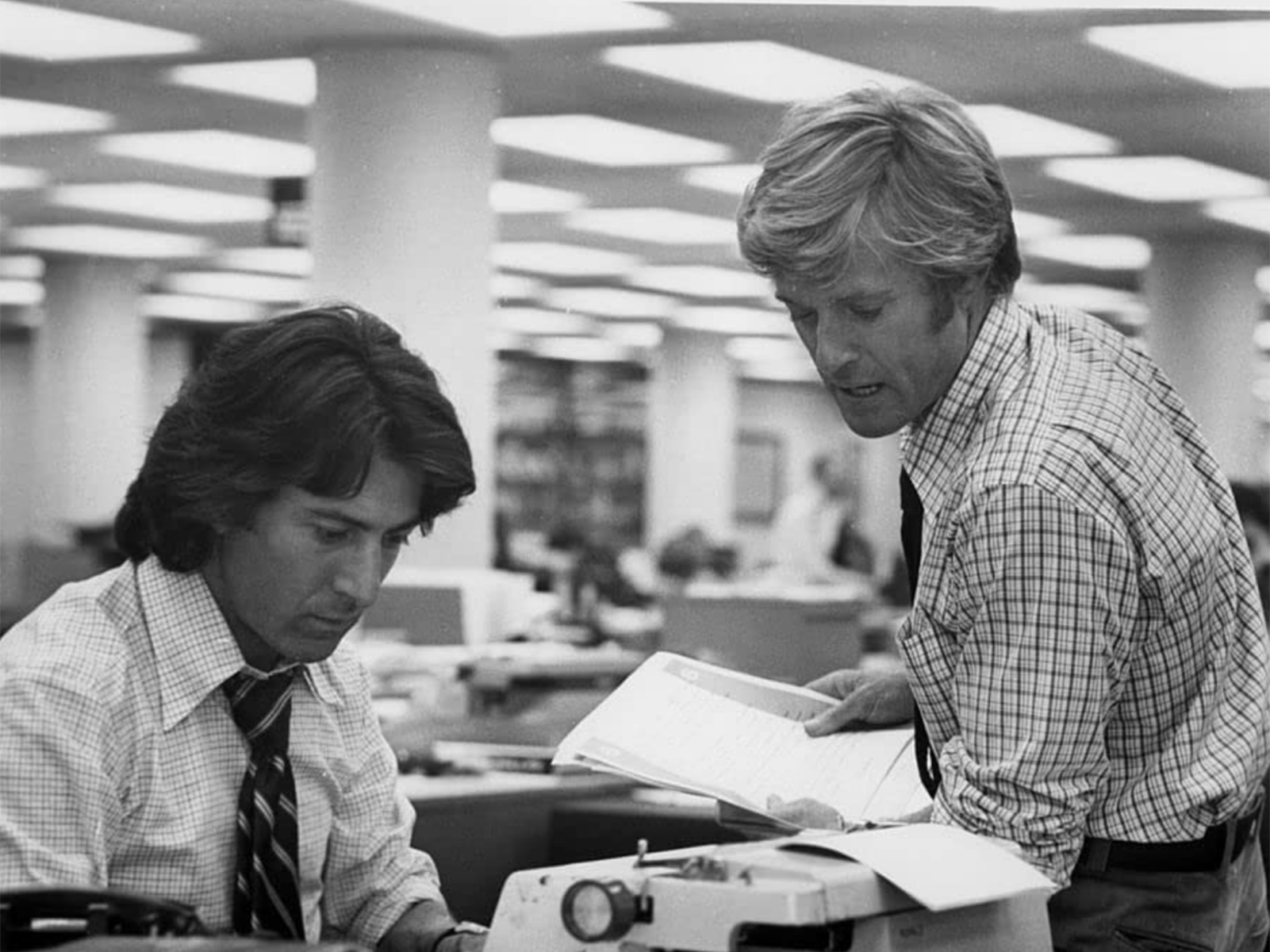
All the President’s Men, 1976
Woodward. Bernstein. Watergate. The crime that brought down the Nixon presidency is, in essence, the story of the importance of journalism at its best. “I watched [the events unfold] very carefully that summer of 1972”, says Redford who like many were afraid that the truth would never come out. “I have obviously very strong political feelings about what forces control me as an individual in my own country, so I was concerned. Now when the story broke big in the fall, I discovered that they had been written by two reporters in the Washington Post and I wondered why no other newspapers such as The New York Times and The Wall Street Journal were not doing anything when they had the power. Why these two lowly reporters who were the lowest, at the lowest spot in their professions, were able to do that and why so I went to see them… I began to see that there might be a story that could be made into a film.”
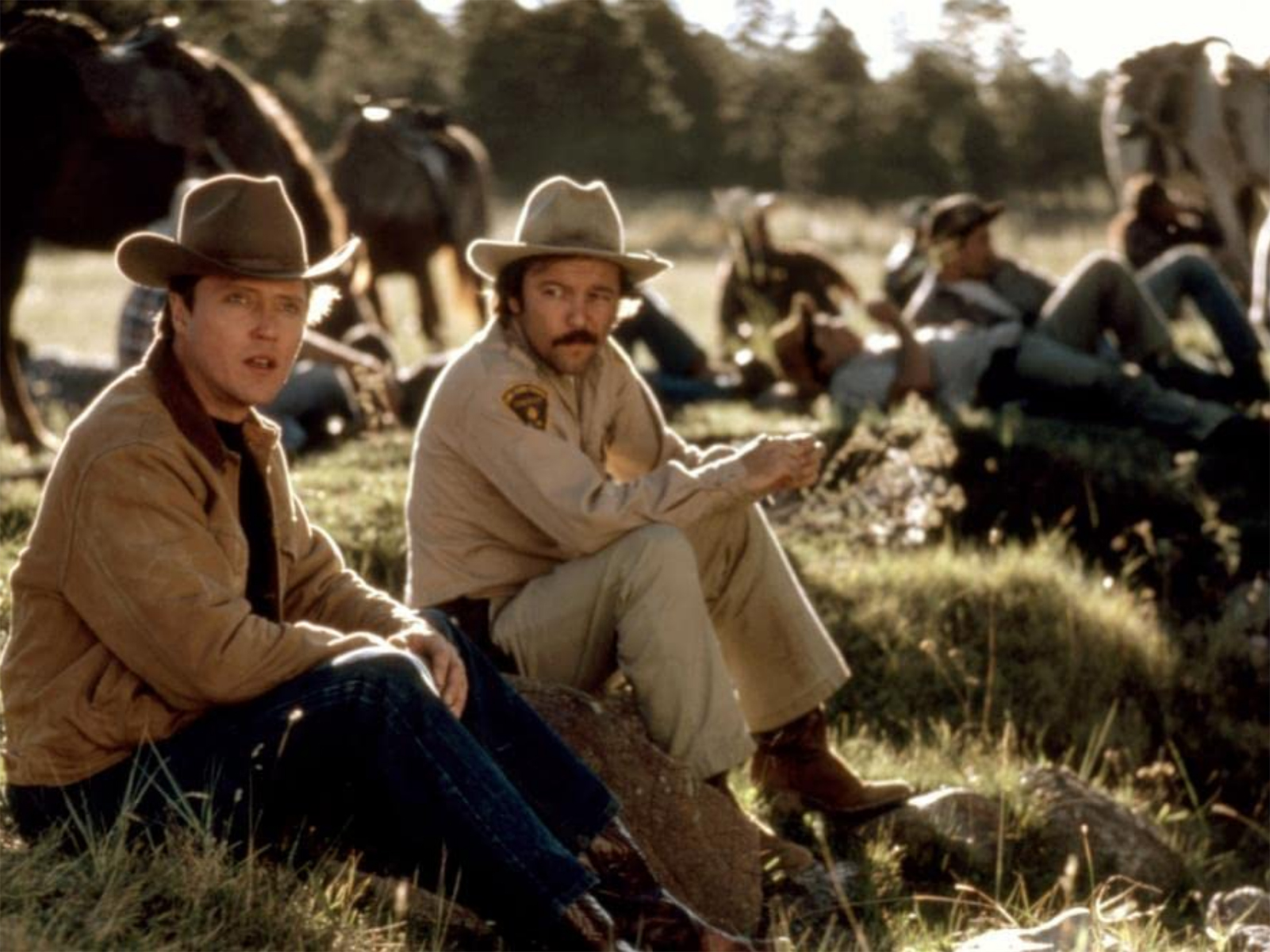
The Milagro Beanfield War, 1988
Director Redford was attracted to this script about a tiny New Mexico town, where the local water is the premium resource and it is being siphoned off by a ruthless developer who wants to build a huge resort, because of environmental politics. When a valve on the irrigation ditch breaks down, local farmers and corrupt authorities come to a blow. Sônia Braga and Rubén Blades star with Melanie Griffith, Daniel Stern, Christopher Walken and John Heard supporting.
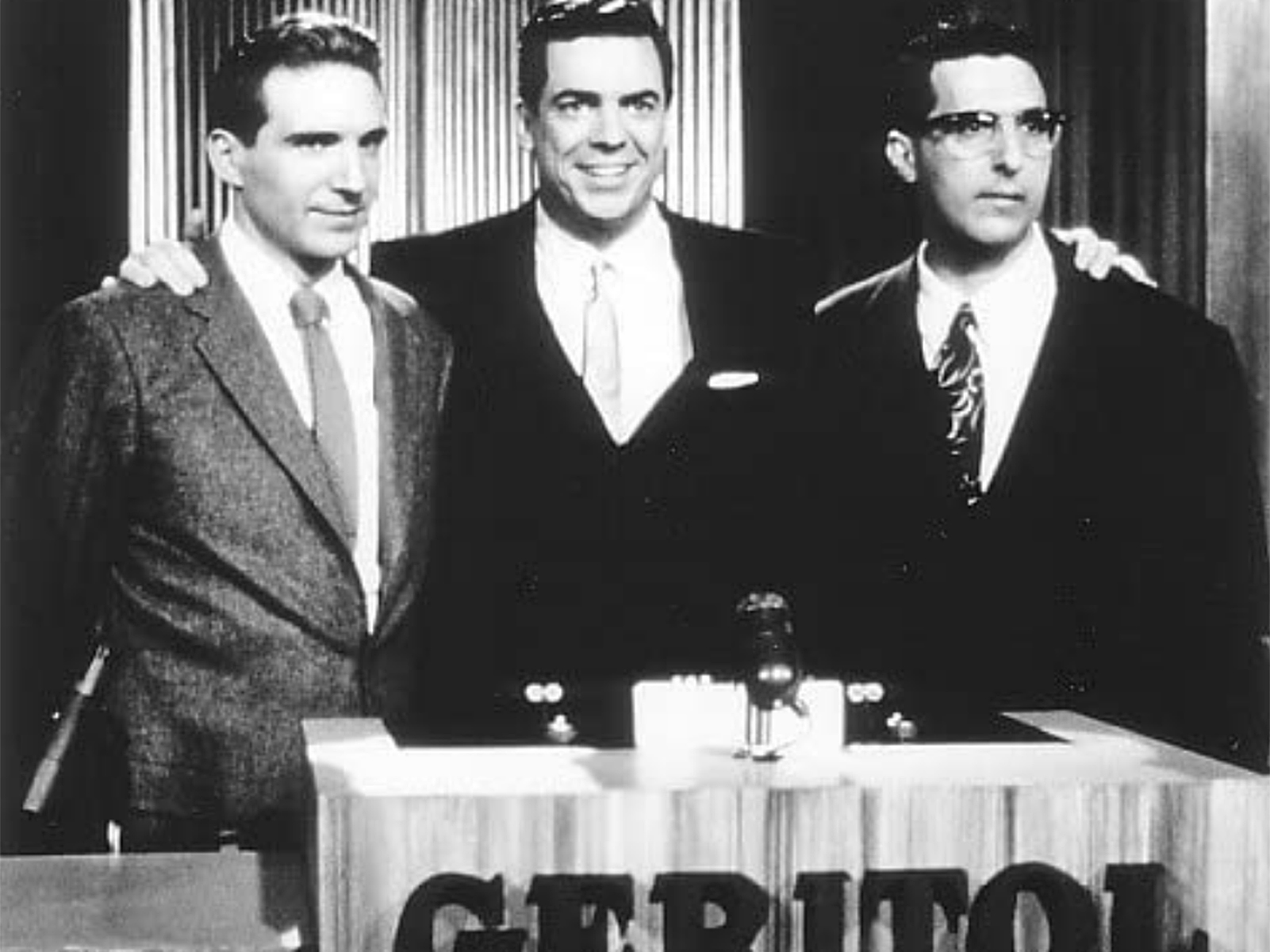
Quiz Show, 1994
Redford garnered yet another Golden Globe nomination as Best Director for this film about the famous 1950s quiz show scandals, with Ralph Fiennes as the waspy and telegenic college professor who is being fed the answers to keep him on the show longer and raise the ratings. Even though the film does not deal with actual politics, the underlying themes here are, again, lies and corruption and cover-up, which show up in so many of the actor/director’s stories.
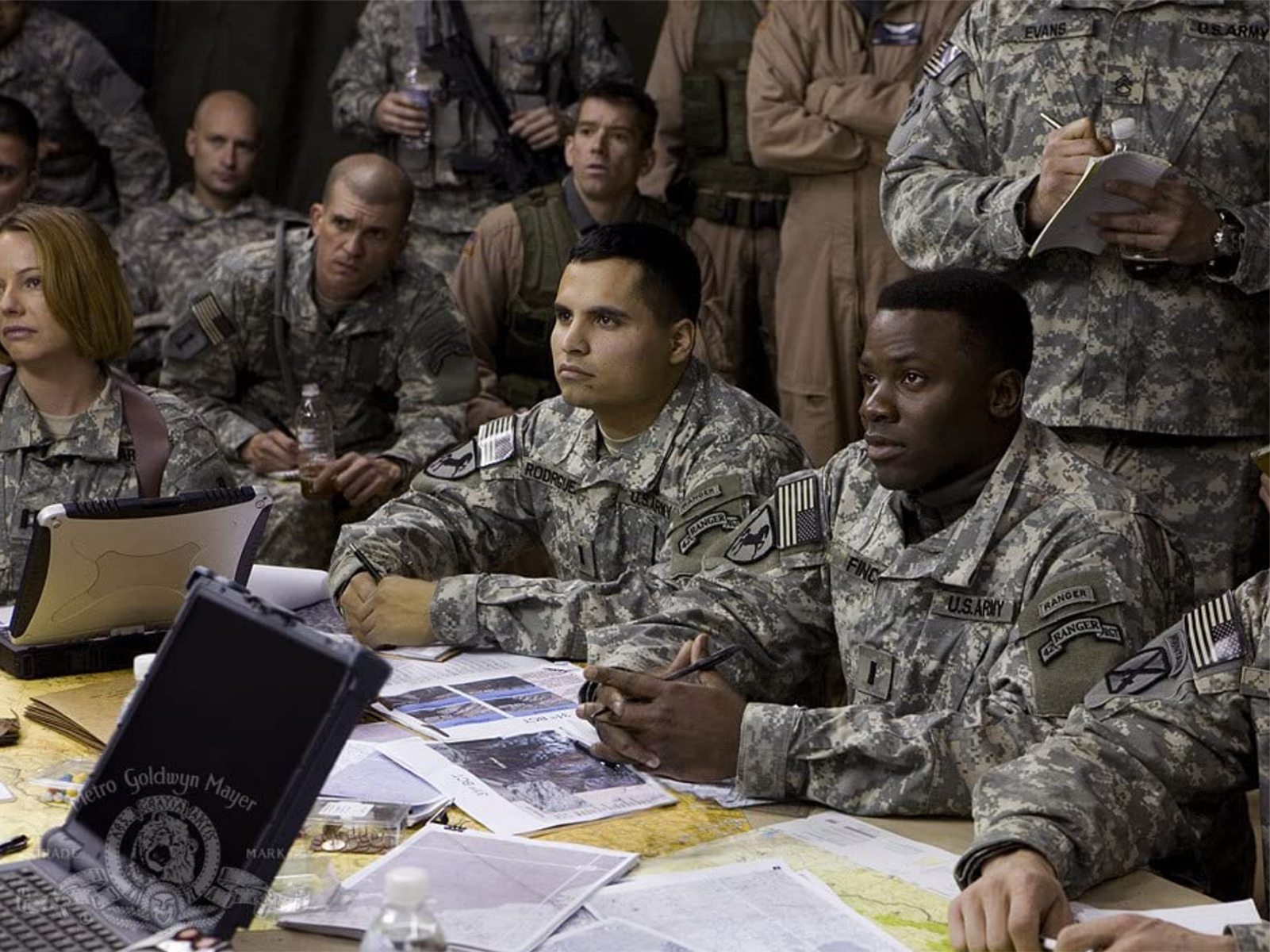
Lions for Lambs, 2007
Redford directs and stars in this thinly veiled criticism of the American administration’s war on terror. He interweaved three simultaneous stories playing out in 90 minutes of real-time. A Republican Senator who happens to be a presidential hopeful, gives an hour-long interview to a skeptical television reporter, detailing a strategy for victory in Afghanistan; two soldiers who were ambushed on an Afghani ridge await rescue as Taliban forces close in; a professor of political science at a California college invites a promising student to re-engage. The sense of urgency drives the film that – like so many of his others – was incredibly timely at the date of its release. Redford also stars alongside Meryl Streep, Tom Cruise and Michael Peña.

The Conspirator, 2010
The director went back in time with this courtroom drama about Mary Surratt (Robin Wright), the woman charged alongside John Wilkes Booth, the man who shot Abraham Lincoln. Even though this is shot as a period piece, the film was very much inspired by more recent politics. In post-Civil War Washington, 28-year-old Frederick Aiken (James McAvoy), a young lawyer and former Union war-hero, reluctantly agrees to defend Surratt before a military tribunal. Aiken soon realizes that his client may be innocent and that she is being used as bait and hostage in order to capture the only one of the seven conspirators to have escaped a massive manhunt, her own son.

The Company You Keep, 2012
Here, Redford directs himself again with Shia LaBeouf as the second lead in this story about Nick Sloan, an ex-Weather Underground militant, who – after years in hiding after being named as an accomplice in a bank robbery turned deadly in the 1970s – learns that his partner in crime got arrested. An ambitious young reporter gets a whiff of the story and searches for him. Redford explores the complexities and politics of an era where ideals were different from today.
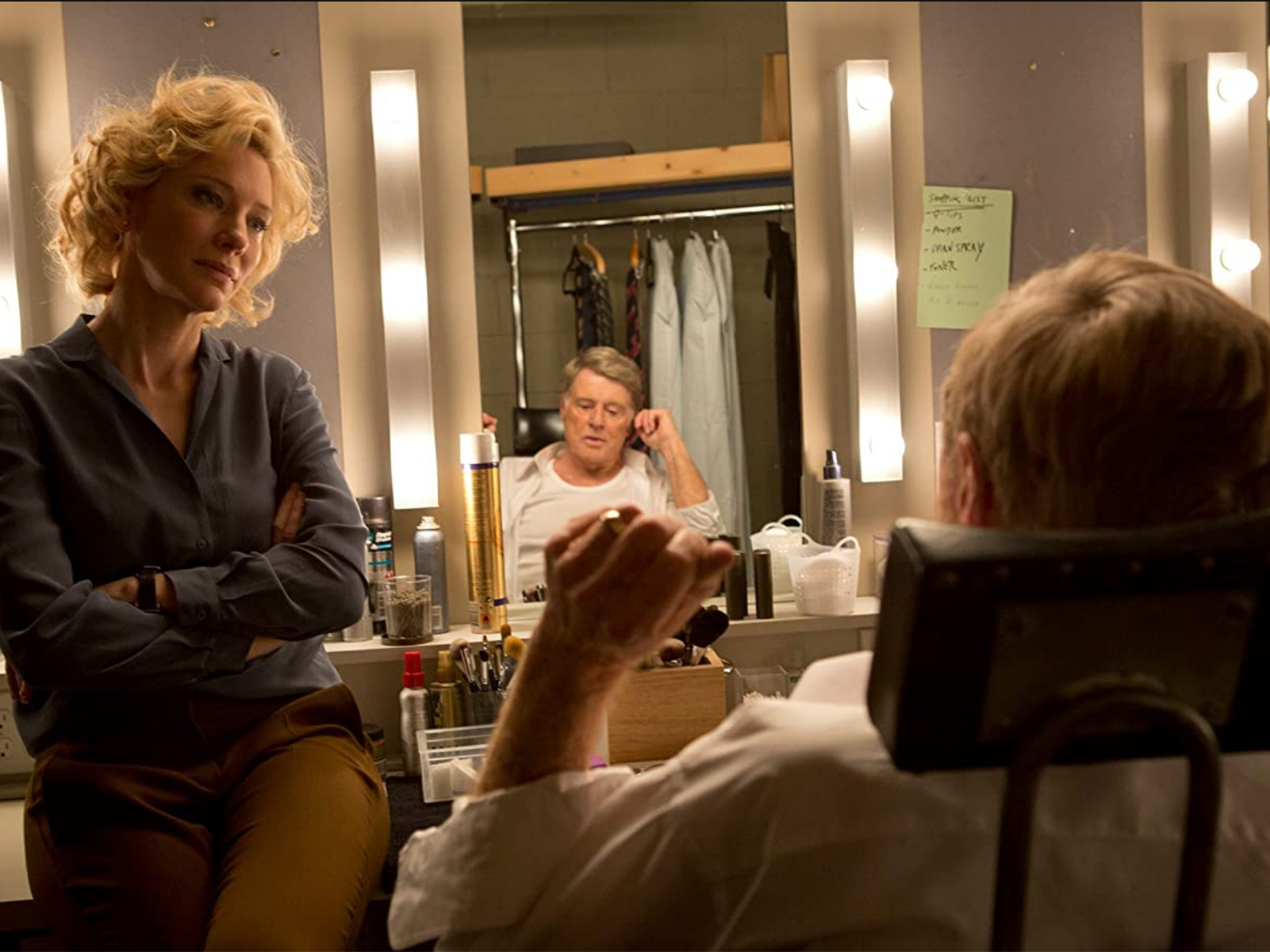
Truth, 2015
Based on real-life events and the people caught up in them, Redford plays CBS anchor Dan Rather who got into trouble when his producer Mary Mapes (Cate Blanchett) aired a story questioning George W. Bush’s military service record, but the poorly researched story seemed to be based on questionable evidence. The film asks hard questions about journalistic integrity, a topic that Redford carried over from his All the President’s Men days.